Arachibutyrophobia

Arachibutyrophobia is the fear of peanut butter sticking to the roof of one’s mouth. A person with Arachibutyrophobia may feel nauseated by the mere thought of ingesting peanut butter and will go out of their way to avoid it. They might even go so far as to skip foods that contain traces of peanuts or peanut products.
Chionophobia
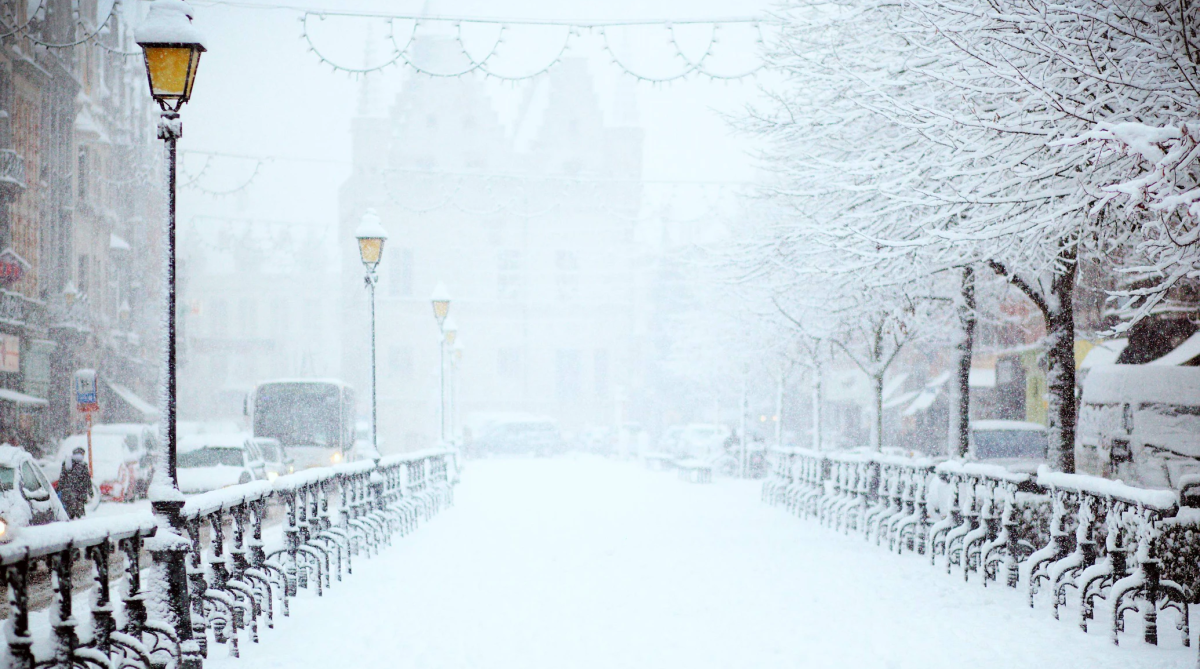
Do you hate the snow? Do you get nervous when it’s cold and windy? If so, you might have chionophobia. Chionophobia is a term used to describe the fear of snow. Some people who have chionophobia experience extreme anxiety during snowy weather. Others may just feel uneasy or uncomfortable when they encounter snow or ice.
Euphobia
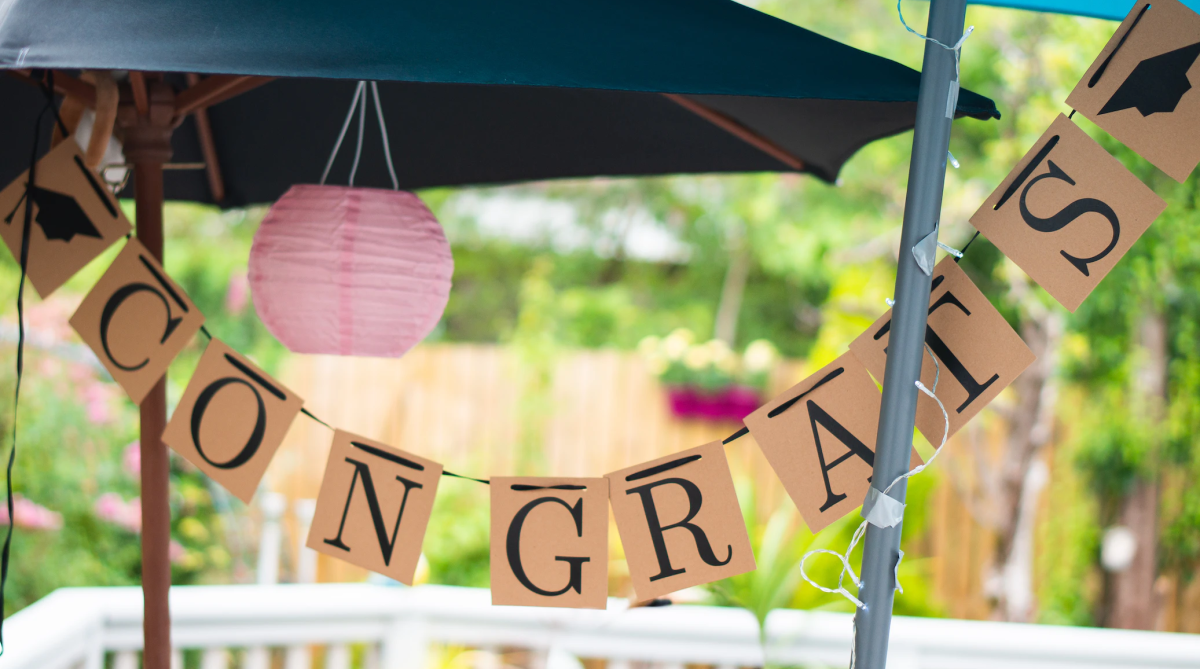
Euphobia, or the fear of good news, might sound like an absurdly fabricated psychological condition, but if you have ever had a family member or friend who complains about compliments then you know this isn’t something out of the ordinary. It takes a lot for somebody like this to hear about good things without being overcome with unease inside their body.
Geniophobia
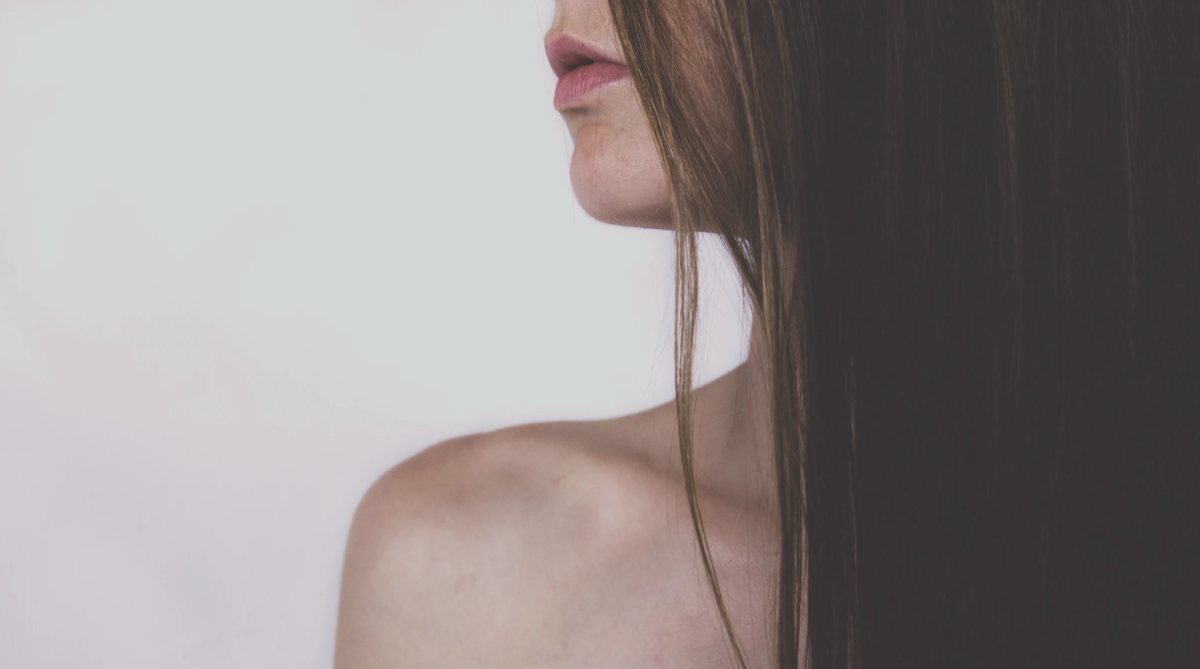
You might be surprised to learn that there is actually a word for having an intense fear of chins, and it’s geniophobia. People who suffer from this rare phobia are usually suffering from a combination of social isolation and anxiety. They may develop a fear of chins after seeing a close friend or family member with a large chin, and some are also bothered by their own chins.
Gephydrophobia
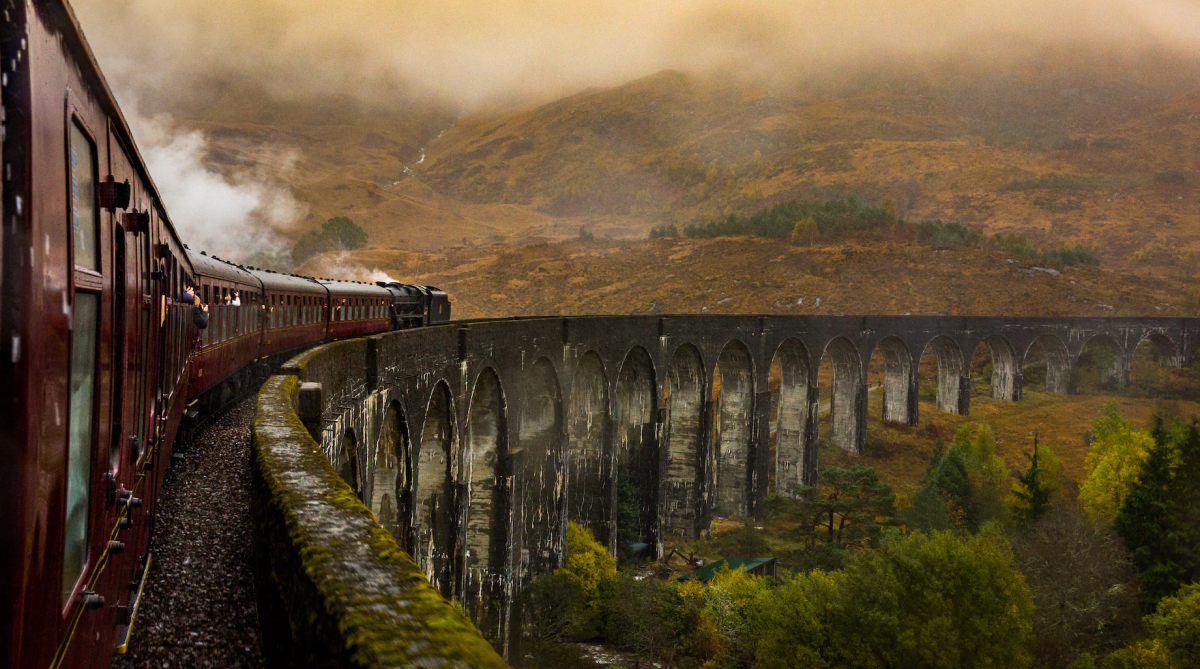
Gephyrophobia is an anxiety disorder or phobia causing sufferers to fear bridges and tunnels. It’s also commonly used to refer to a fear of driving over bridges. Gephyrophobia is considered to be a type of anxiety disorder where people experience extreme anxiety in certain situations—in this case, crossing over open water via a bridge or tunnel.
Glossophobia
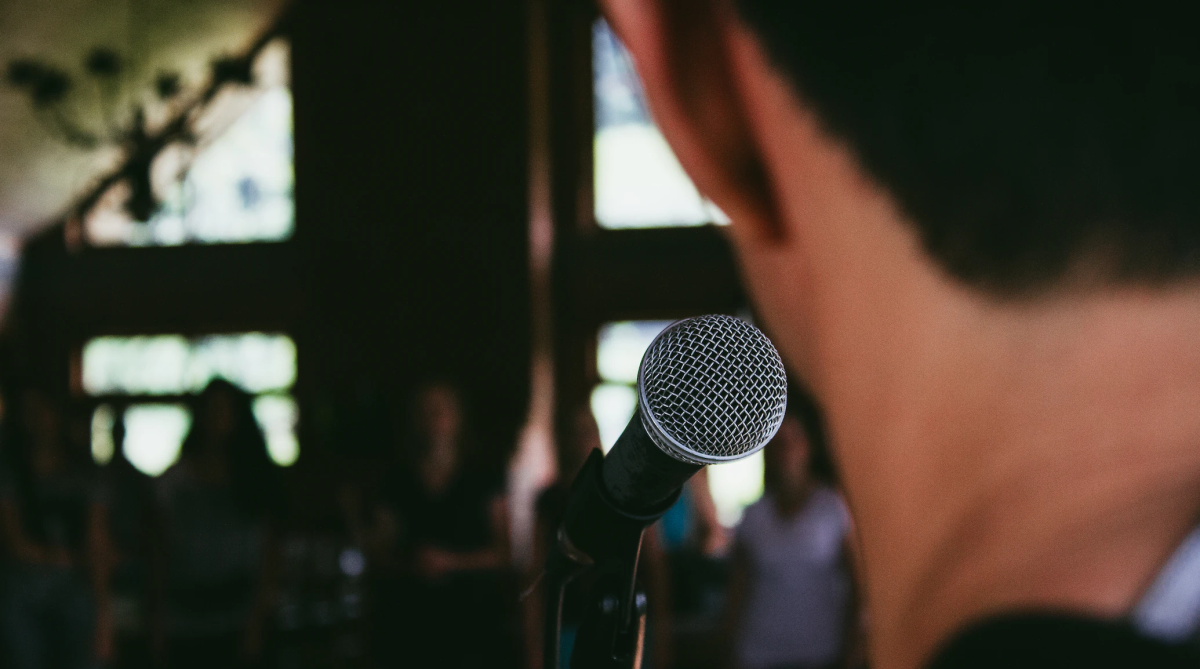
Glossophobia, or fear of public speaking, is one of the most common and well-known phobias out there. You may have even heard some jokes about how a person can be so scared of speaking in front of people that they’ll even avoid getting married because they’re afraid they’ll have to give a toast at their wedding!
Ombrophobia
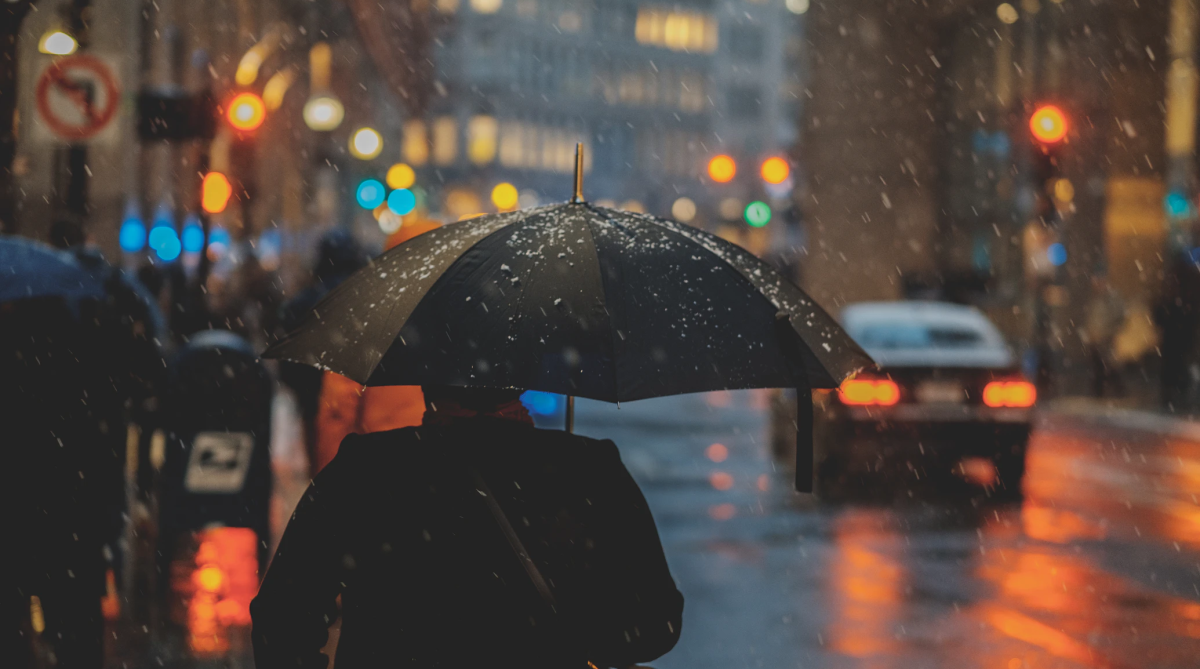
Ombrophobia is a pretty ridiculous-sounding phobia, but it’s defined as an abnormal fear of rain or other forms of precipitation. The fear is often triggered by a certain incident from their childhood or adult life. For some people, it might be something like being caught outside on a rainy day with no umbrella and having to walk home soaking wet – others might have been traumatized by a flash flood or a tsunami.
Mottephobia
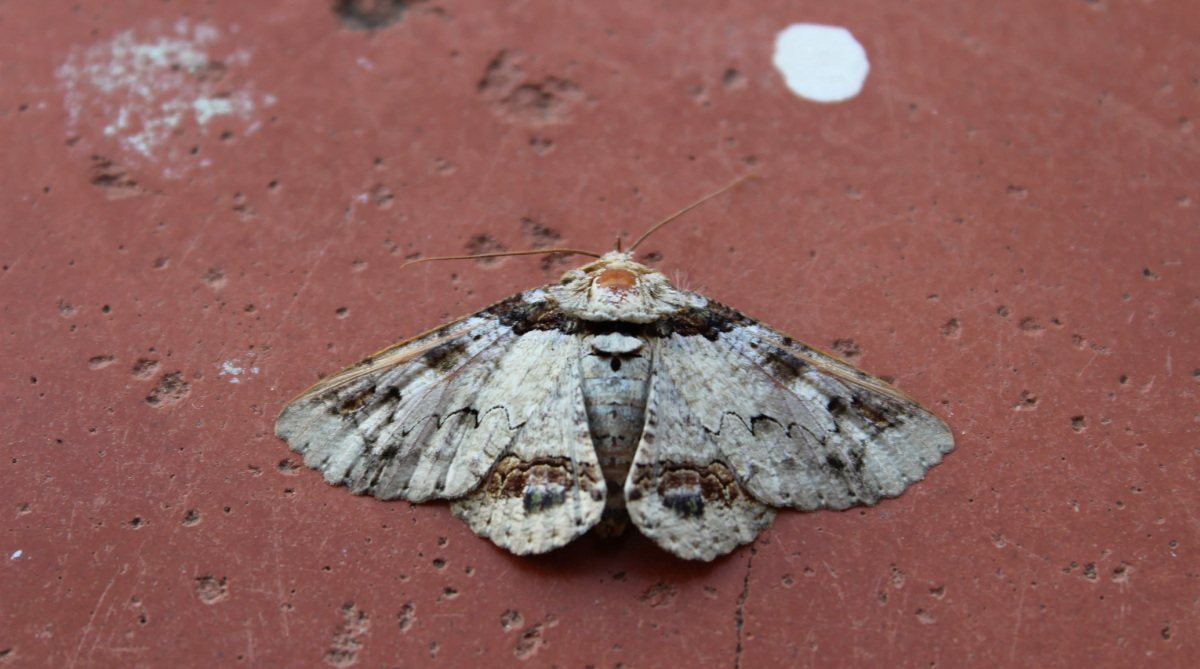
Mottephobia is a fear you may not have heard about before. The word is a combination of moth and the word phobia, and refers to a debilitating fear of moths. Mottephobics are afraid of these types of moths, either because they’re scared of their clothes being destroyed by the creatures, or because they just find their look and movements unnerving.
Acousticophobia
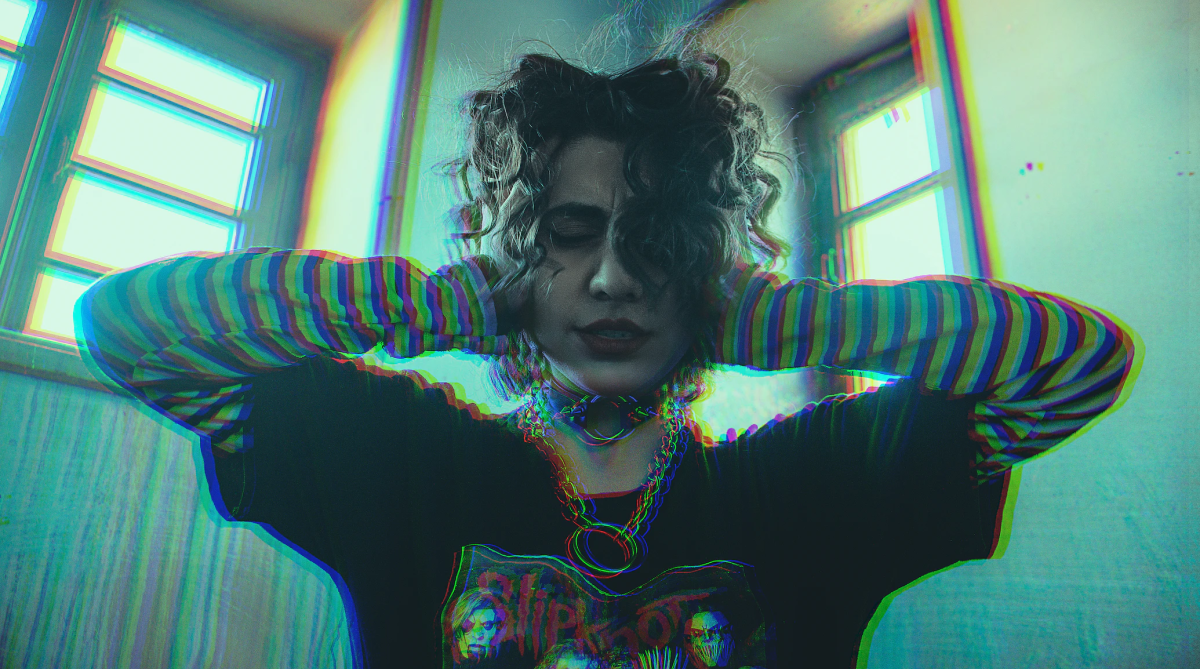
This is the phobia of loud noises, and affects people in different ways, from those who fear specific sounds to those who fear that any sound might cause them harm. Some people have panic attacks at the mere sound of a car backfiring or a dog barking, while others are just terrified by the idea that there could be unknown sounds waiting to meet them in the world.
Hierophobia

Hierophobia is a bizarre phobia that involves a persistent and irrational fear of priests or other religious leaders. People with this condition panic at the mere sight of clergymen, not just because they’re seen as symbols of religion but because they can’t help but imagine how this person might reprimand or berate them for their sins.
Coulrophobia
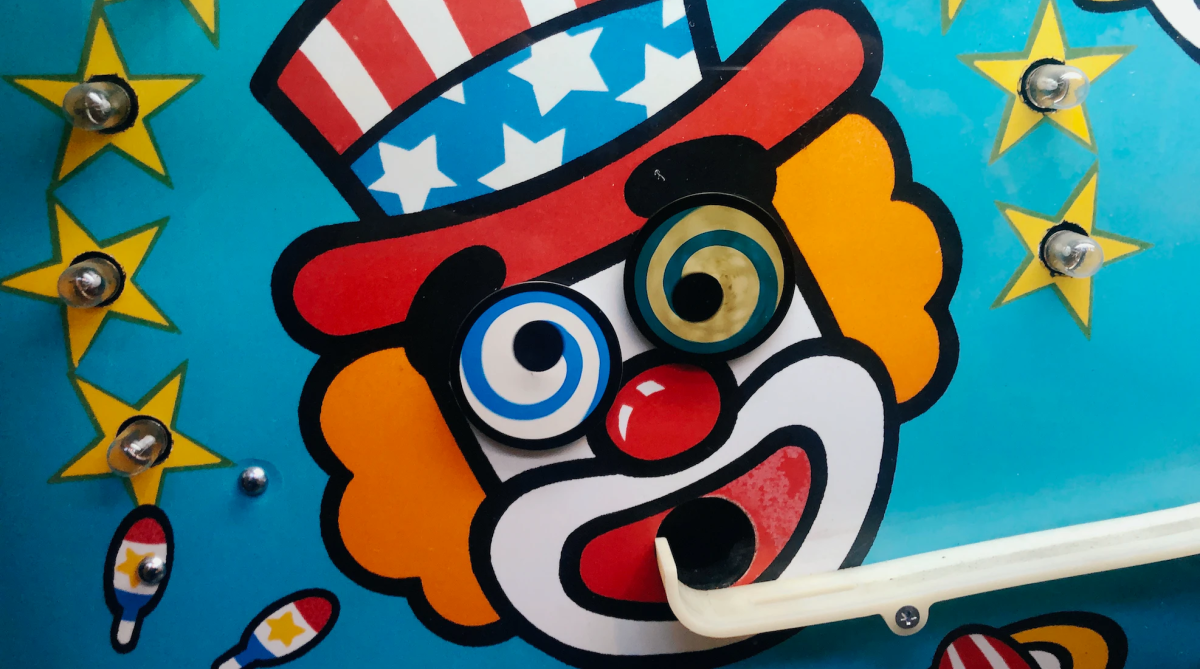
Coulrophobia, or the fear of clowns, is a phobia that can be traced to the emergence of clowns in popular culture in the 19th century. It’s actually not uncommon for people to be afraid of clowns; a study found that a third of all Americans are afraid of these joyful and goofy performers.
Cryophobia
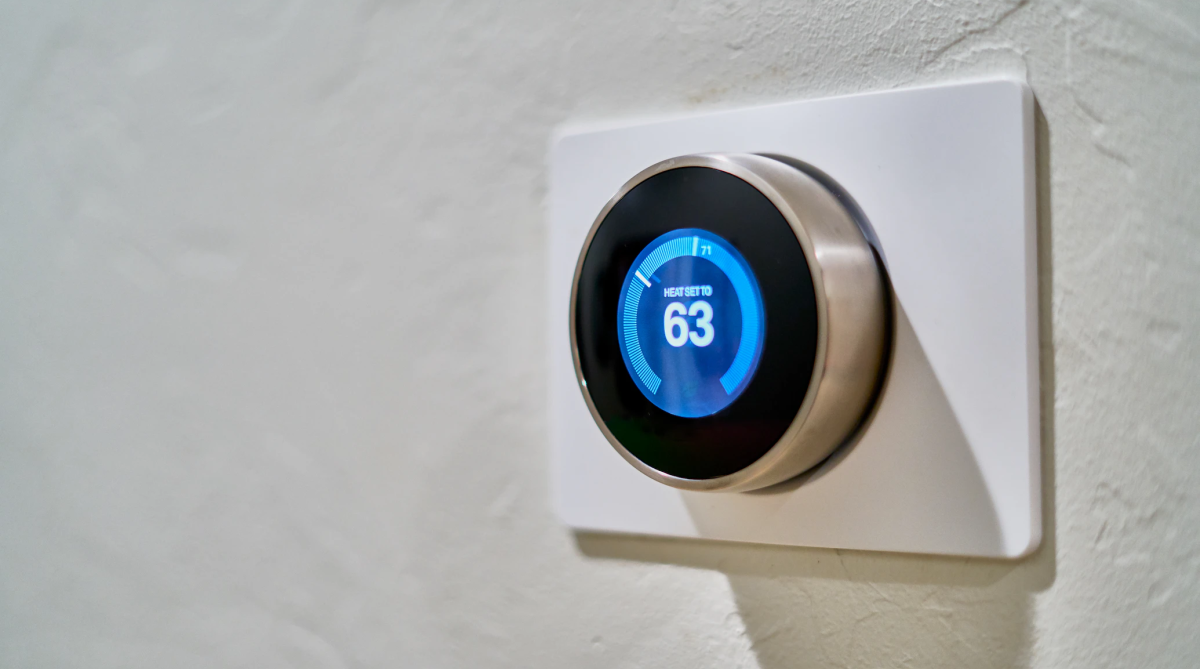
People with this phobia could suffer from anxiety, panic attacks, or even feel physically ill when it starts to get too chilly outside. One of the reasons why people tend to develop this phobia is because they’ve experienced a traumatic event in their past involving the cold, and this sort of phobia could be interpreted as a kind of self-defense mechanism.
Hippopotomonstrosesquippedaliophobia

Hippopotomonstrosesquippedaliophobia is a bizarre phobia, which is also known as the fear of long words. Most people aren’t afraid of the words themselves, but rather the fact that they are long. If you have this rare phobia, you might be afraid of words like pneumatic, schadenfreude, and floccinaucinihilipilification. You may even run from any word with more than fifteen letters!
Eisoptrophobia
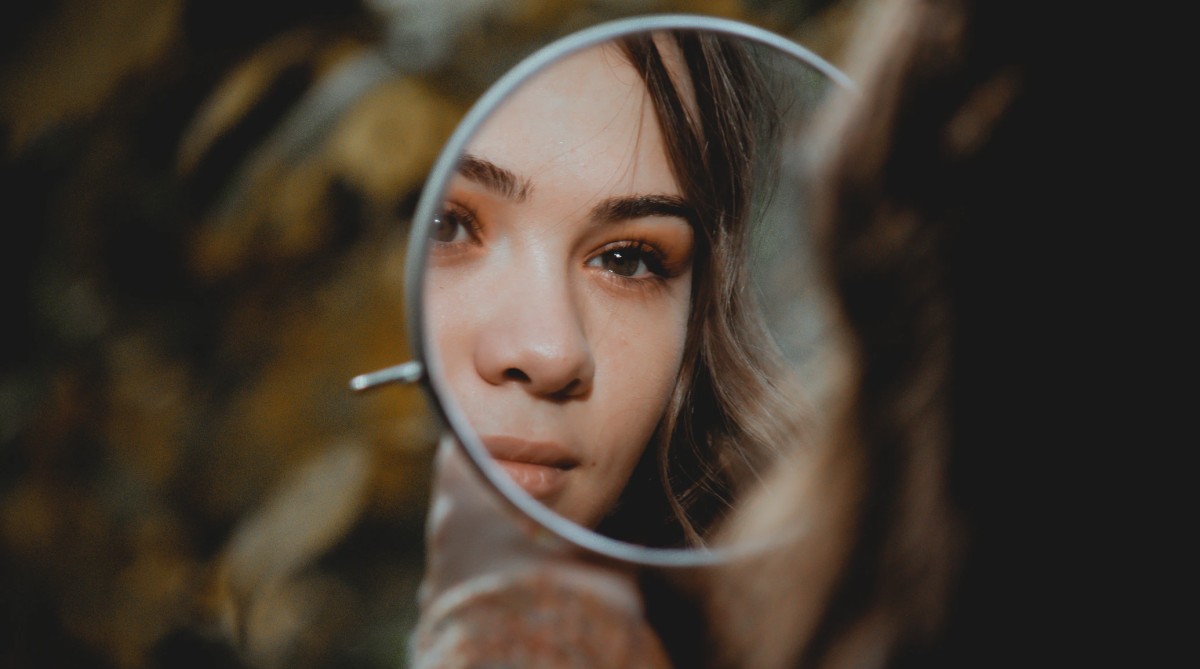
Eisoptrophobia is a bizarre phobia that manifests as a fear of mirrors. The term was originally coined in the mid-19th century to describe individuals who were afraid of seeing their own reflection, but it has since been expanded to include a broader range of symptoms. Some eisoptrophobes experience an intense panic attack when they see their reflection or even think about mirrors.
Triskaidekaphobia
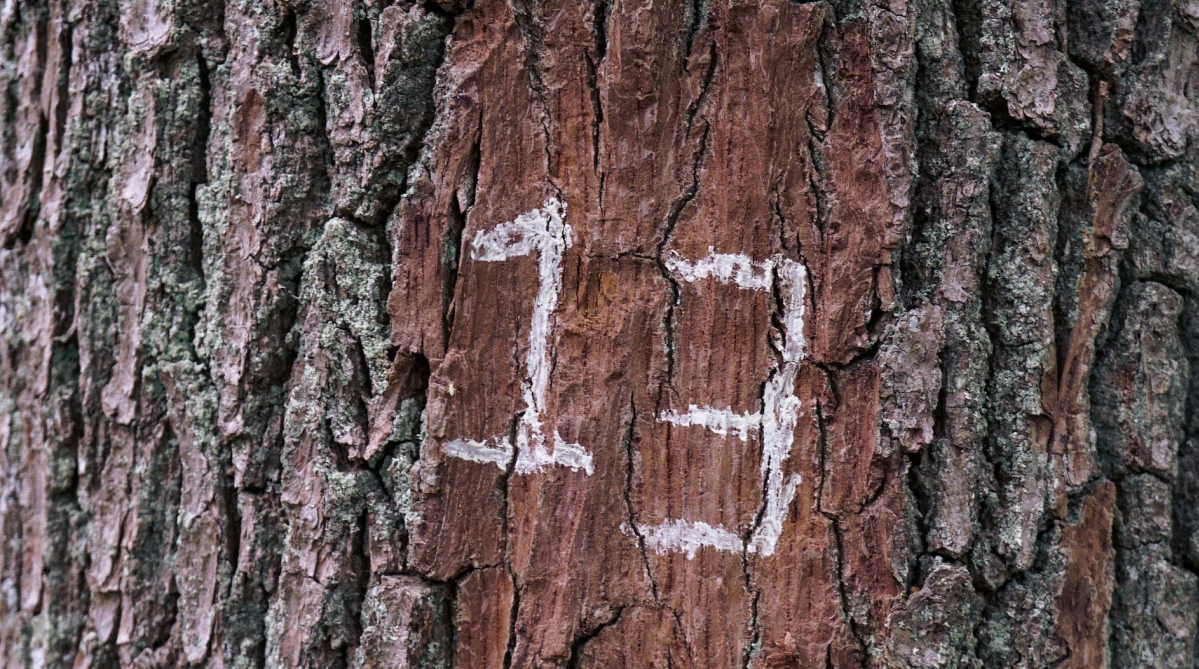
The word triskaidekaphobia is a mouthful, but it’s also a real and pretty common phobia: it’s the extreme fear of the number 13. There are several theories about where this phobia comes from. Some trace it to superstition, similar to how some people refuse to walk under ladders. In any event, sufferers may refuse to stay in hotel rooms with the number on the door.
Autodysomophobia
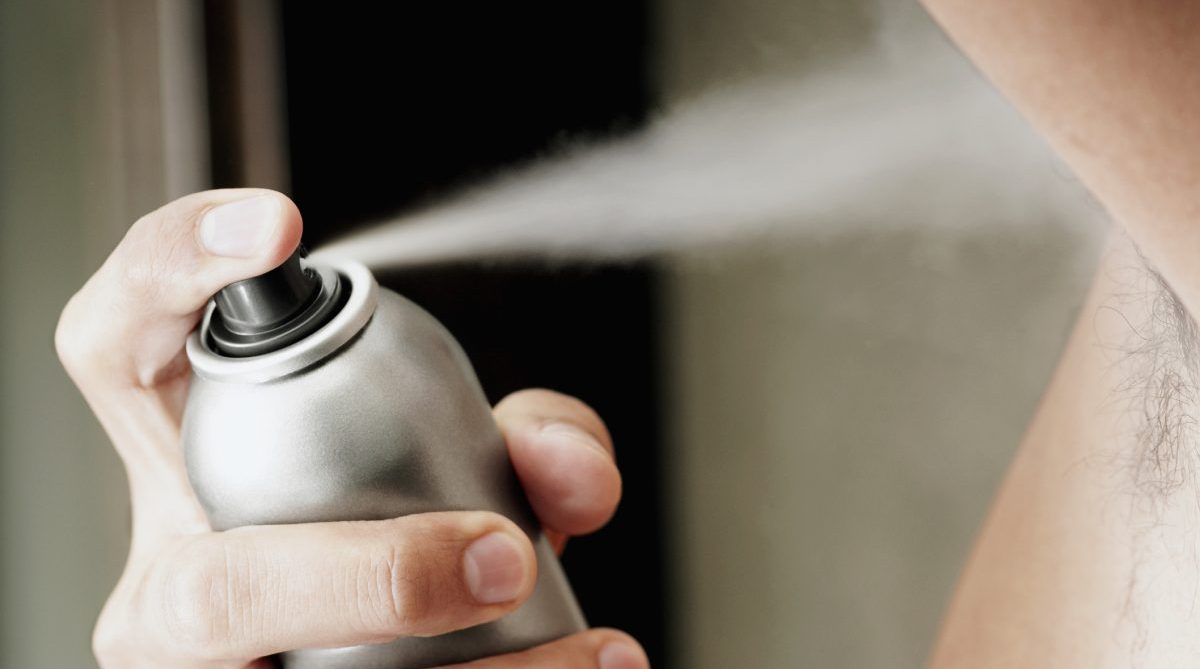
Autodysomophobia is the fear of one’s own body odor or the fear of developing an odor. It seems like a silly idea, but it’s actually a very real fear for some people! People with this phobia might be afraid to exercise, shower, or even go out in public if they’re worried that their body odor will offend others.
Barophobia
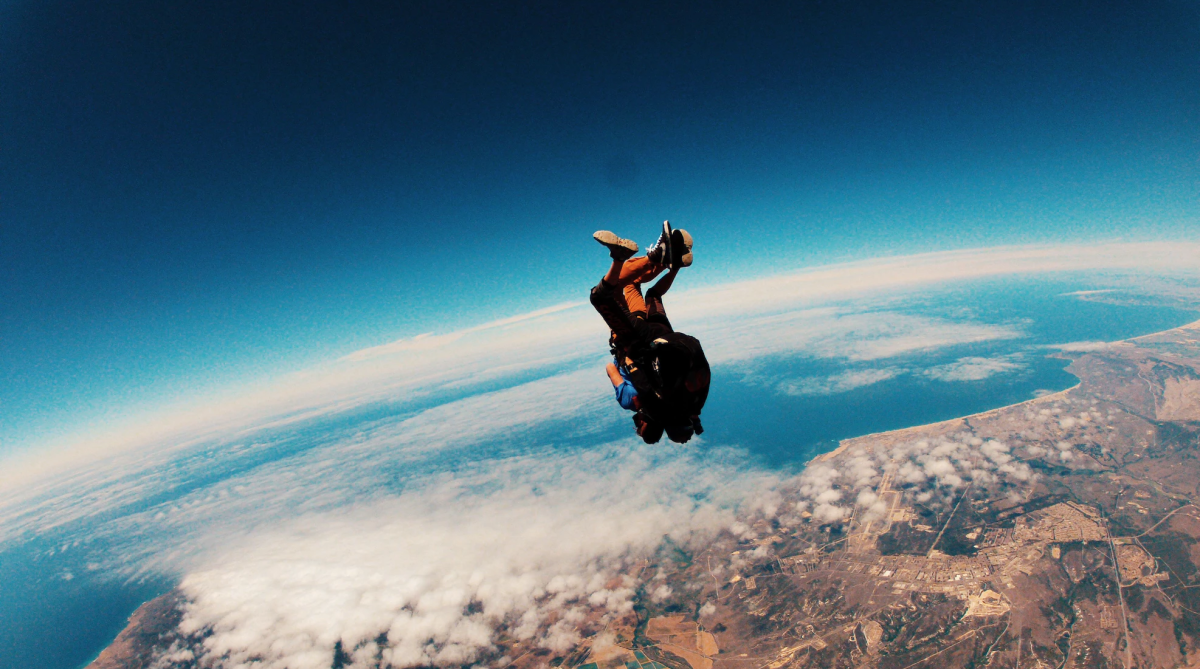
Barophobia is the fear of gravity, an odd phobia that’s almost unknown except to those who suffer from it and those who study it. It can come in several forms, one of which is a general fear of being on the ground. For some, it can be simply a fear of heights and falling from them. It can even manifest as the fear of what would happen if gravity suddenly disappeared!
Cacophobia
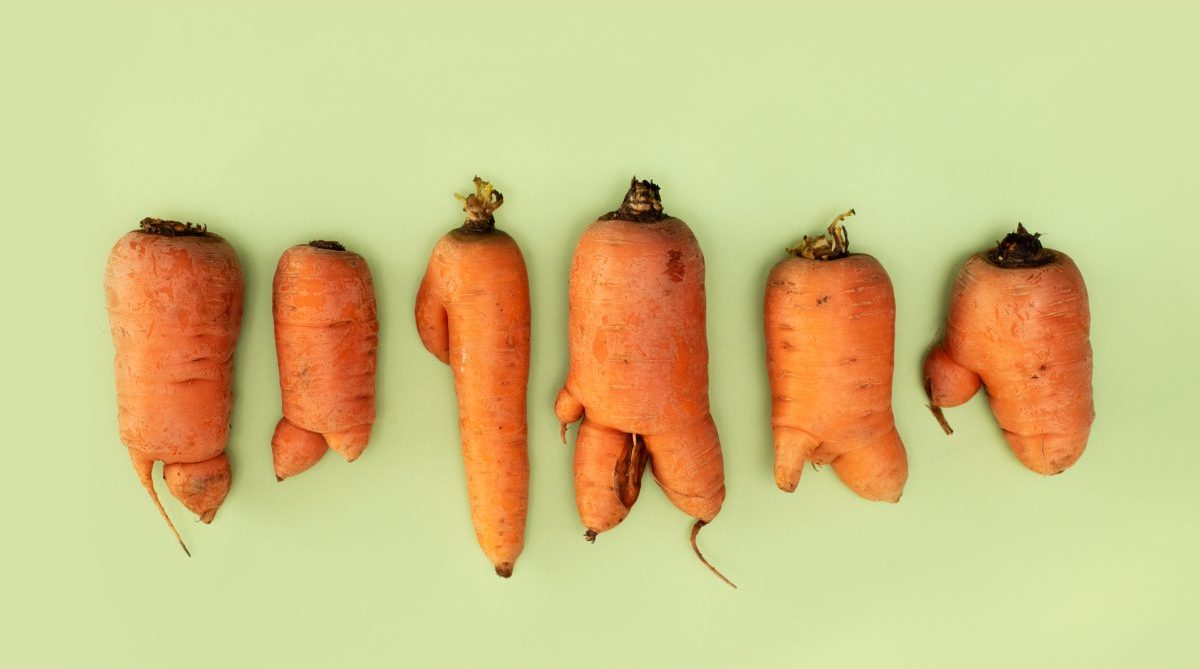
Do you know what cacophobia is? It’s the fear of ugliness. The thing is, it’s not really the same as being just picky about how things look – it’s more like having a deep-seated terror of things that are deformed or displeasing in some way. If someone showed you an ugly font and you had a visceral reaction, then you’re probably cacophobic.
Ablutophobia
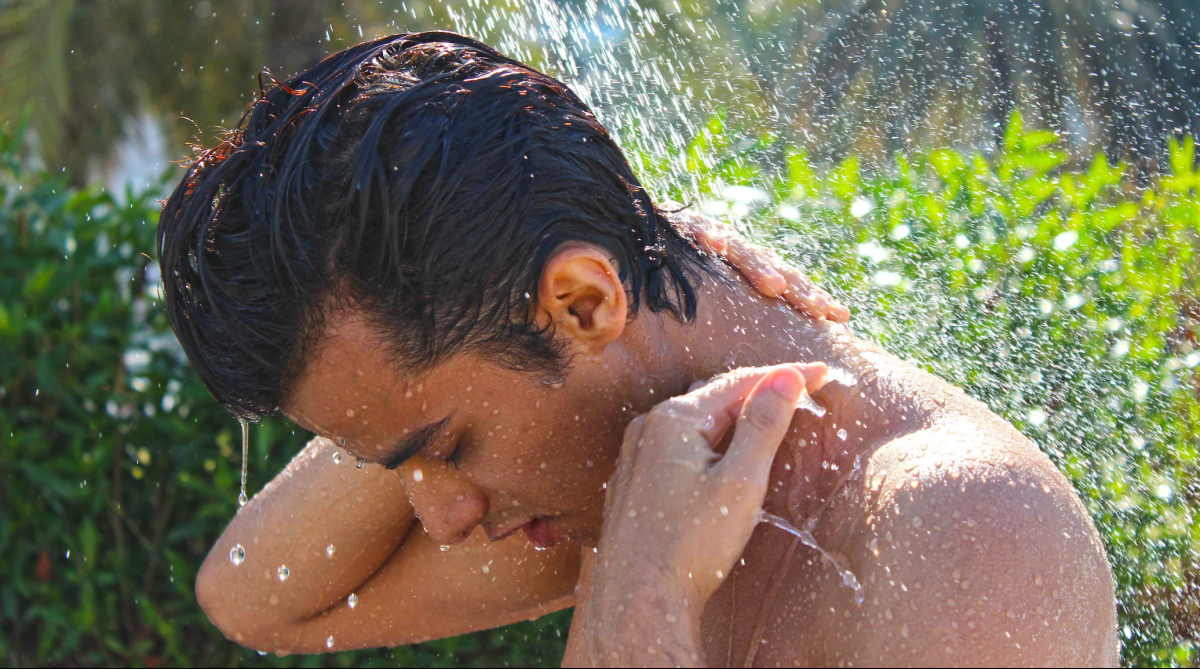
Ablutophobia is a very specific phobia: the fear of bathing. It’s often considered synonymous with mysophobia, or a general fear of germs or dirt. While both of these phobias have to do with germ fear, ablutophobia focuses specifically on the act of bathing itself. People with this phobia don’t just avoid bathing – they will also have trouble even getting near a bathtub or sink.
Astrophobia
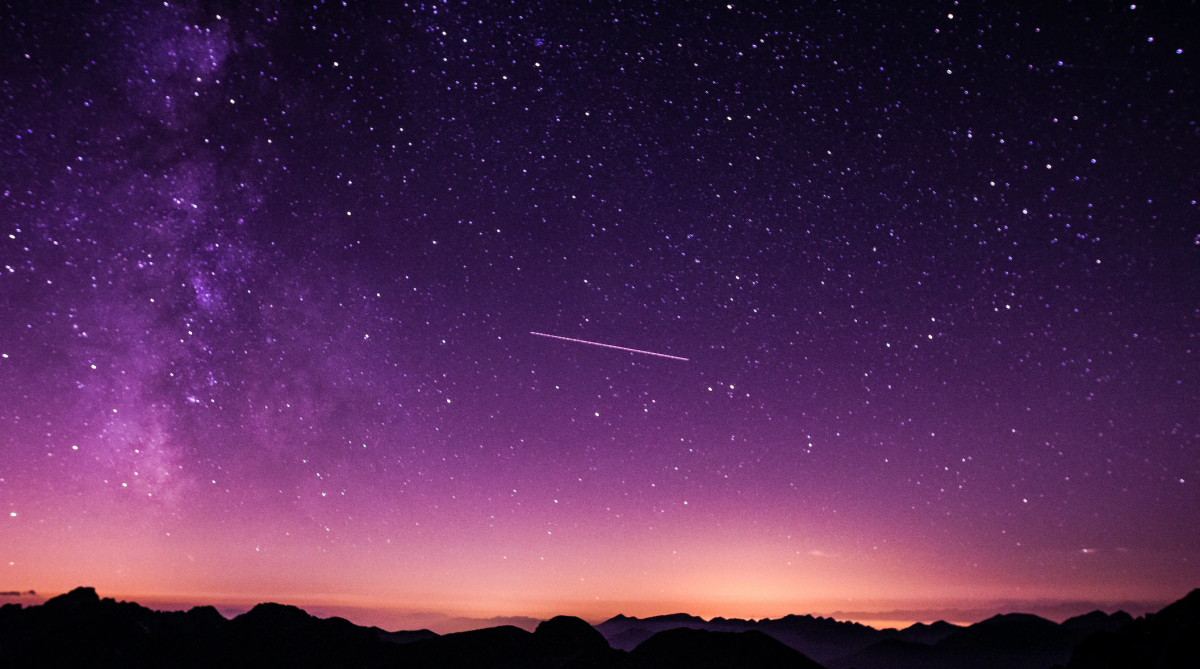
While it’s fairly common to fear things like spiders or snakes, the phobia of stars and planets is not as well-known. Many people who experience astrophobia describe feeling particularly uneasy when they see pictures or images of outer space, although some simply feel uneasy being outside at night when there are no lights available to light their surroundings.
Chorophobia
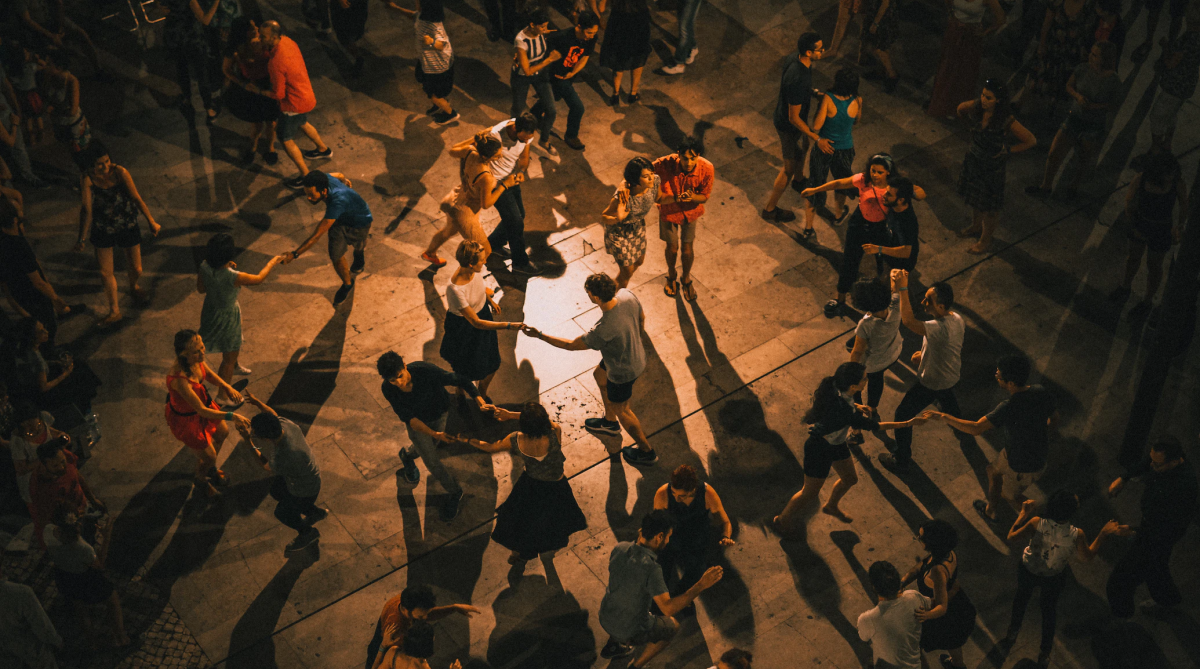
People with chorophobia have a pathological fear of dancing, or even being in the presence of other people while they are dancing. The sufferer of chorophobia may avoid going out to dance clubs or weddings, thanks to a powerful form of social anxiety where they equate dancing with embarrassing themselves in some permanent way.
Crystallophobia
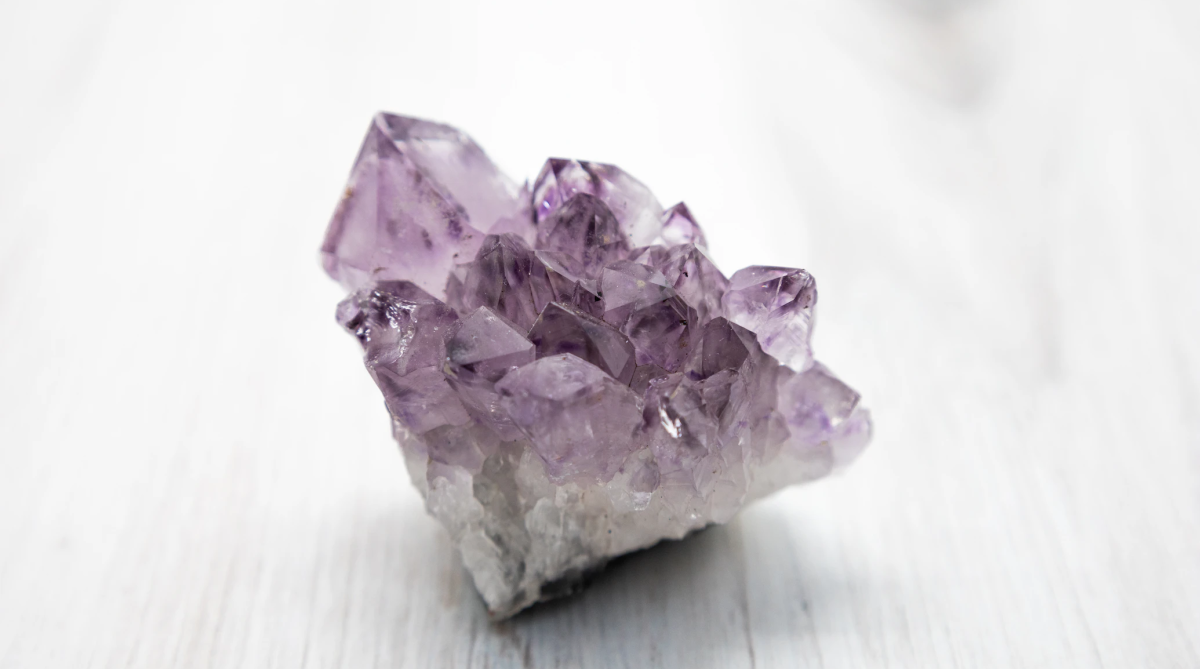
Crystallophobia is the fear of seeing crystals or crystalline structures. Some people are afraid of crystal balls or crystal gazing, while others might have an irrational fear of large crystals such as amethysts or quartz stones. They often avoid movies and books that feature crystals as well making a rule not to touch them.
Cymophobia
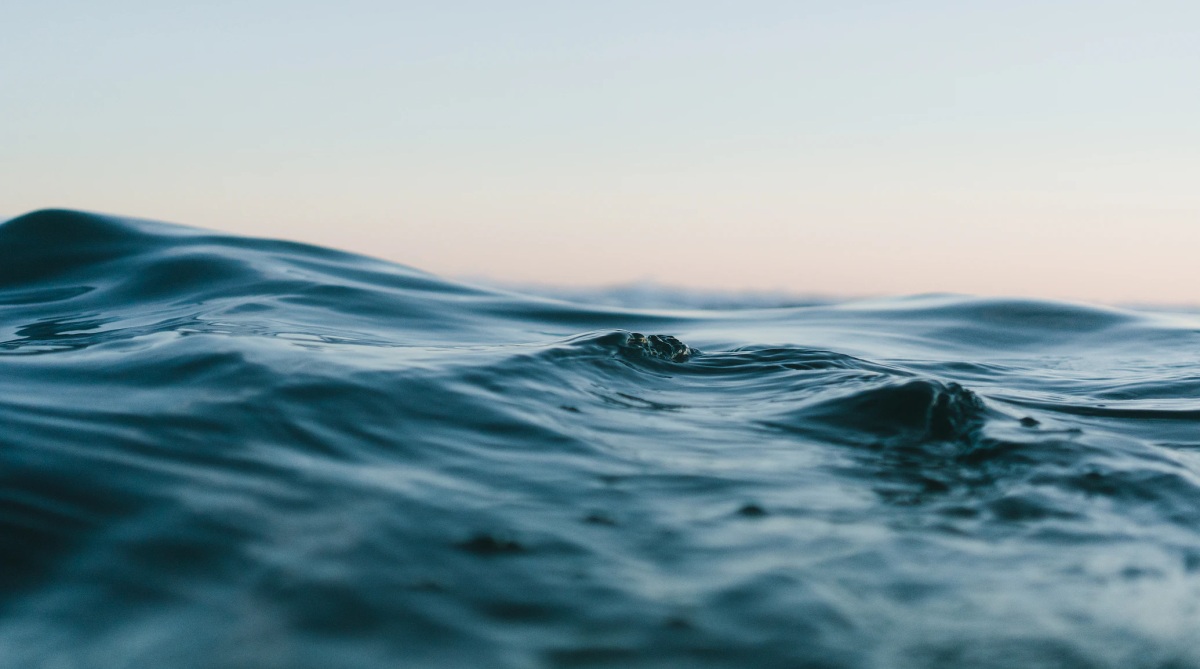
People who suffer from cymophobia are afraid of waves and billows, i.e., they’re scared of ripples in water, the movement of a flag in the wind, or the swells of a piece of fabric. If you find yourself paralyzed with fear every time you’re exposed to something that moves like water or fabric, then you might be suffering from this obscure fear.
Chrometophobia
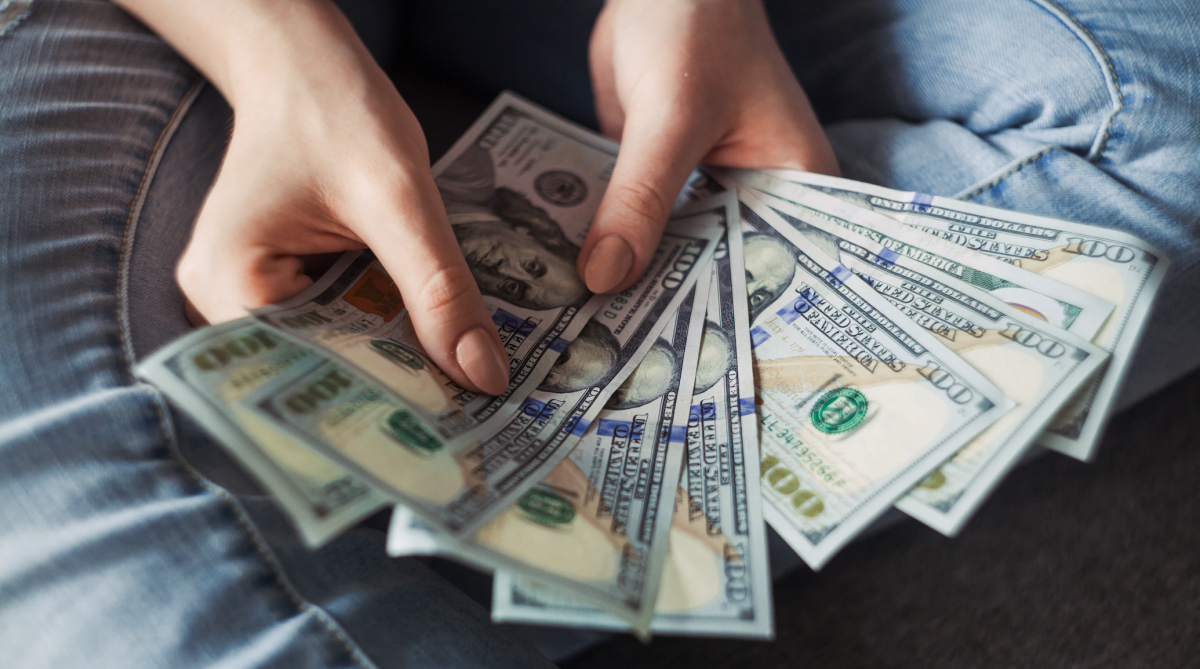
Chrometophobia is the fear of money, particularly paper currency or coins. For some sufferers, it’s the fear of being in contact with cash; for others, it’s the fear of seeing or even thinking about money. Sufferers can experience anxiety around those who handle money often, such as bank tellers and merchants.
Carnophobia
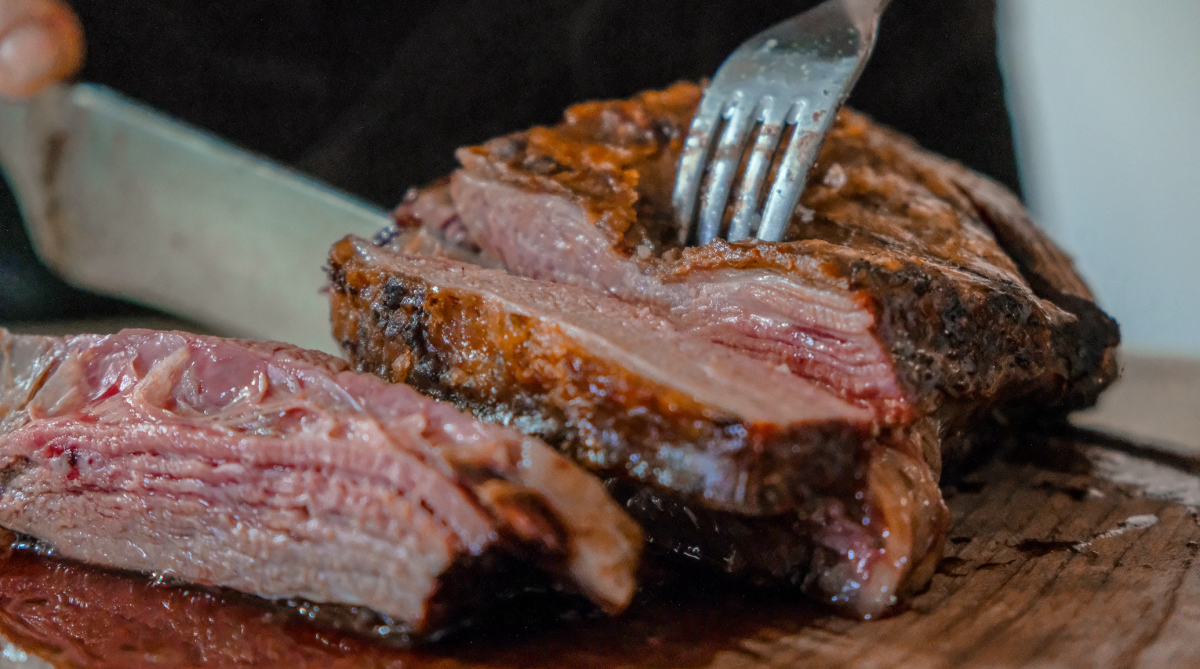
Carnophobia is a rare phobia in which the person fears eating meat. This condition is not a vegetarianism or veganism, as these diets are simply food choices and not fears. Carnophobes may suffer nausea and vomiting if forced to eat meat in social situations, or they may refuse to eat meat altogether.
Phytomypophobia
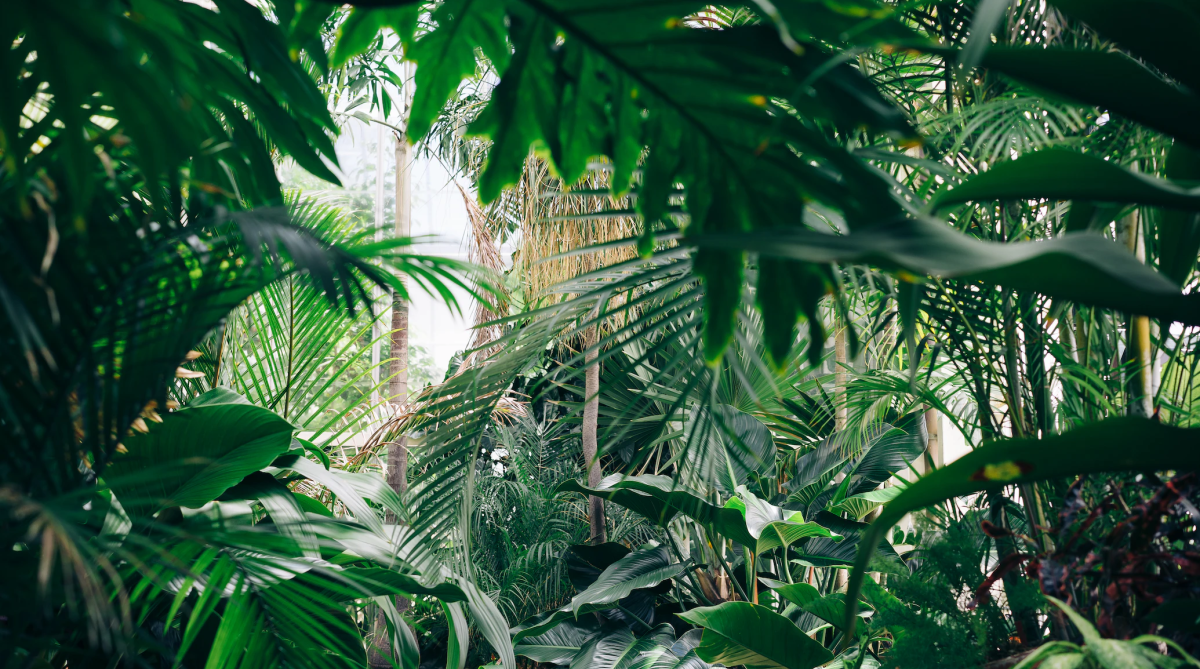
Phytomypophobia is a fear of plants, especially any kind with roots and leaves that resemble trees in some way. Phytomypophobic people can get anxious just by looking at plants or hearing about them. They may feel uncomfortable in certain areas where there are lots of plants around them – like forests, gardens, and parks – and they might avoid these places altogether.
Kathisophobia
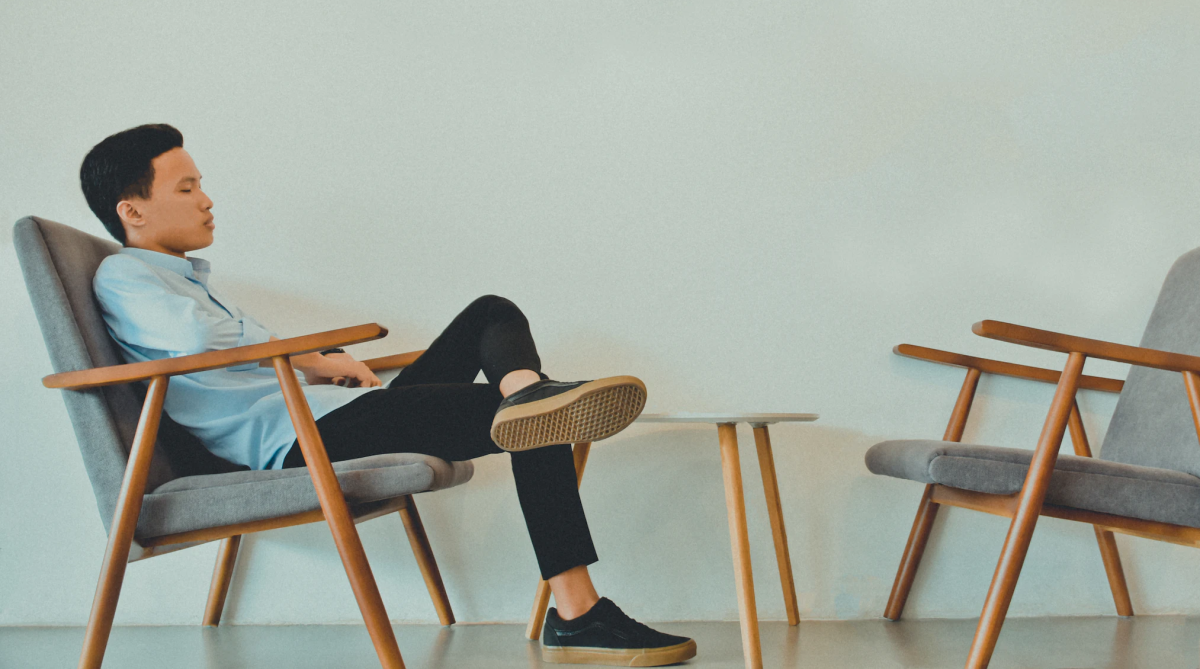
Kathisophobia, a rather rare phobia, is the fear of sitting. That is to say, if you are kathisophobic, you might have an irrational fear of being in a sitting position, or you might feel nervous about someone who is sitting down. It has also been referred to as a fear of idleness, or laziness.
Nomophobia
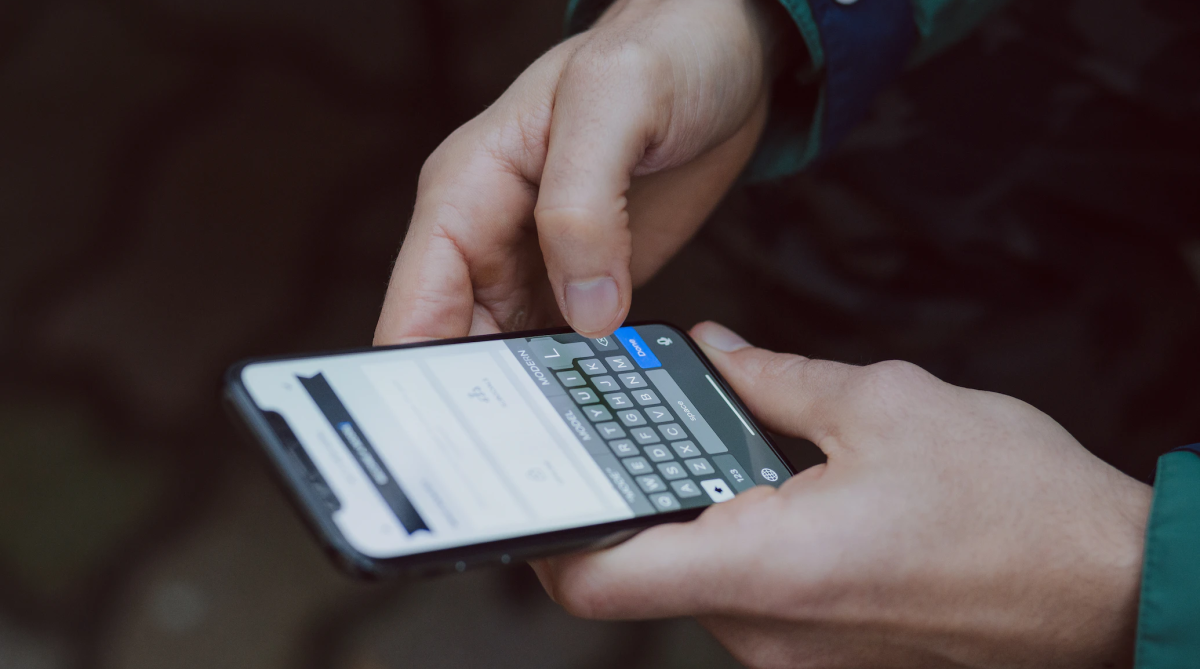
The word nomophobia is defined as a fear of a lack of cell phone use. This phobia tends to happen when someone uses their cell phone too much. This can lead to the person feeling anxious when they are away from their phone. They often feel the urge to check their phone constantly for missed messages or updates on social networking websites.
Xerophobia
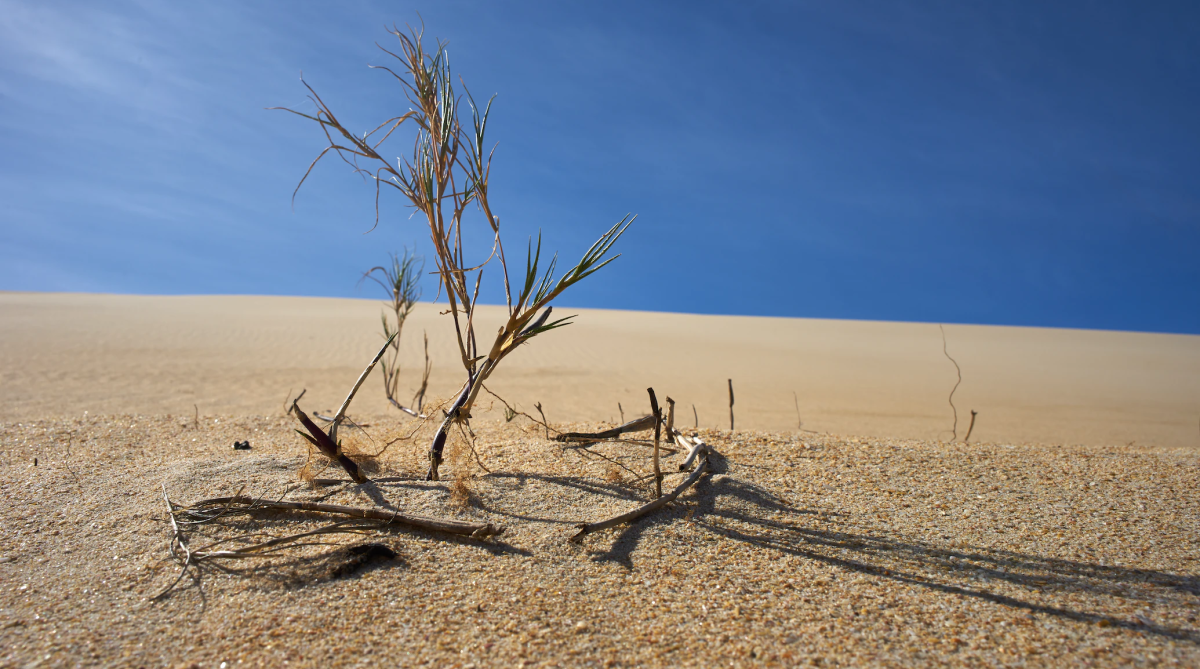
Xerophobia is one of the most bizarre phobias out there – literally meaning fear of dryness. The origins of this strange condition aren’t entirely clear, but there are many theories that suggest a connection between xerophobia and some deeper childhood trauma, such as a particularly difficult period where you were forced to live somewhere without access to water.
Xanthophobia
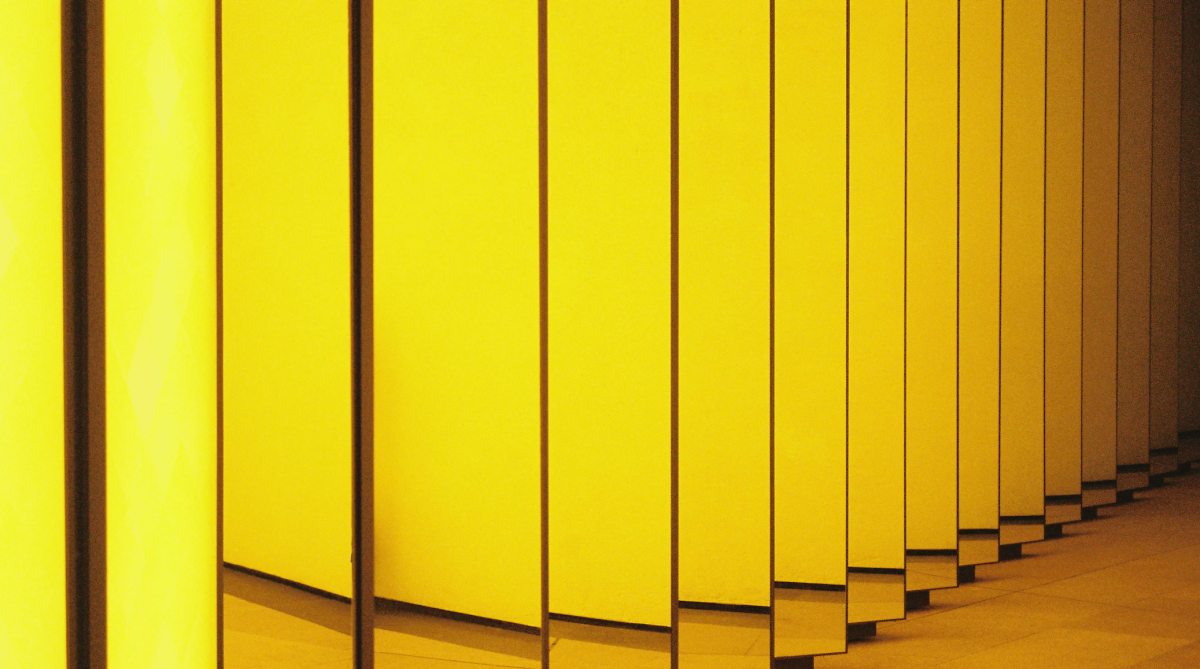
Xanthophobia is a bizarre phobia in which someone fears the color yellow. There are a few possible reasons for the phobia: one theory suggests that as children, these people were exposed to something traumatic involving yellow. Another theory is that they didn’t grow up around the color, and now it’s become a symbol of fear.
Tetraphobia
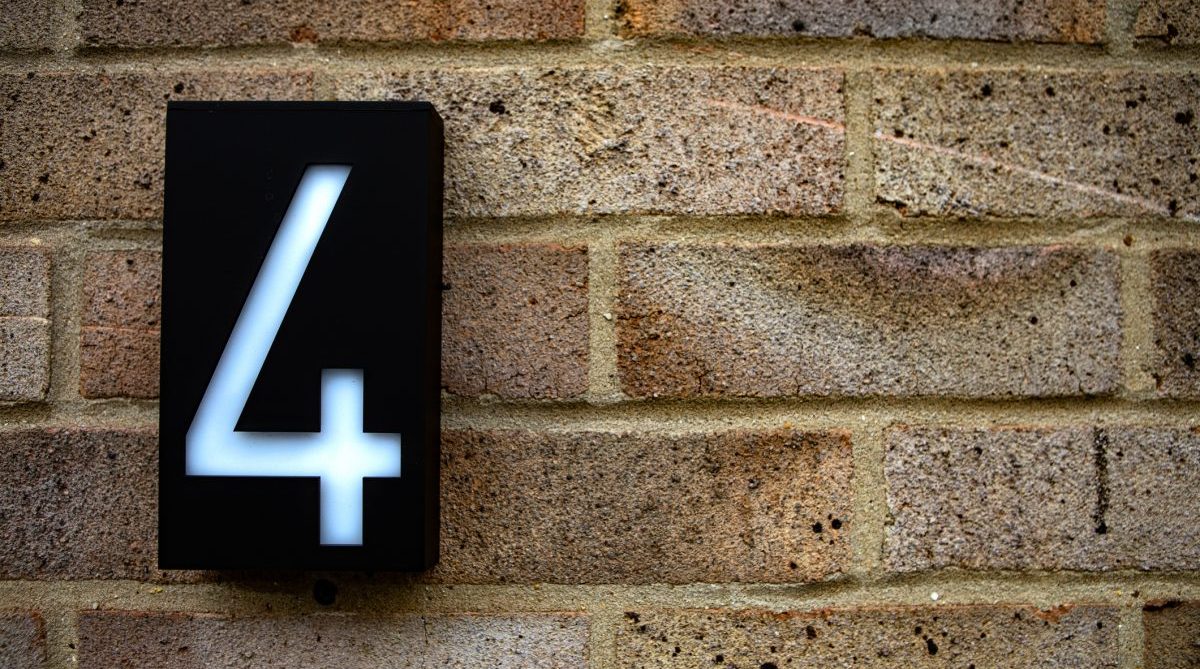
Tetraphobia is an aversion to the number four. The exact cause of tetraphobia is unknown, but it could be due to superstition. In many East Asian countries including China, the number four sounds similar to the word for death, therefore they avoid it as much as possible and associate it with bad luck.
Pteronophobia
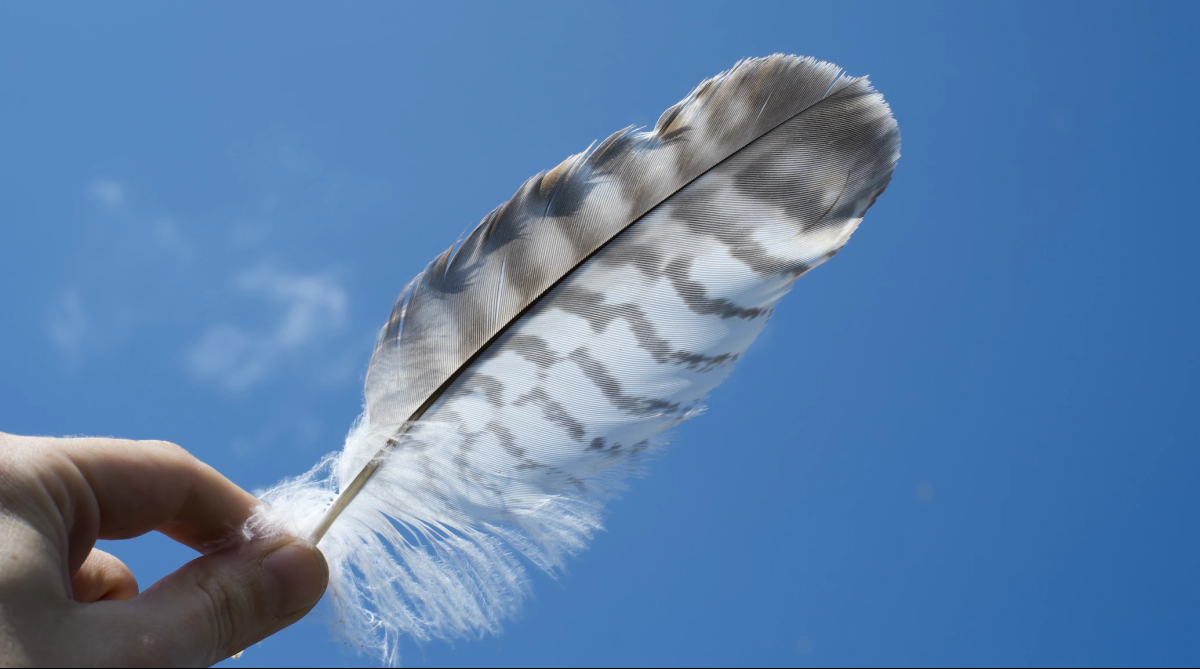
You’ve probably never heard of pteronophobia, and that’s probably a good thing, since it’s a pretty bizarre phobia. Pteronophobia is the fear of being tickled by feathers. For some people with pteronophobia, even the sight of feathers or the thought that they might come into contact with a feather can trigger intense fear and discomfort.
Bibliophobia

Bibliophobia is the fear of books. A strange phobia, bibliophobia most often leads sufferers to feel uneasy when they are around books. They may feel uncomfortable or anxious in a library or bookstore, or they may experience claustrophobia or panic when they are stuck somewhere with lots of books and no way out.
Sunphobia

Sunphobia is a phobia that sounds like something out of a bad sci-fi movie – or perhaps from an alternate universe. It’s an intense, irrational fear of the sun, and it’s more common than you might think. This phobia can manifest in numerous ways but is typically expressed as a strong desire to avoid sunlight.
Chronomentrophobia
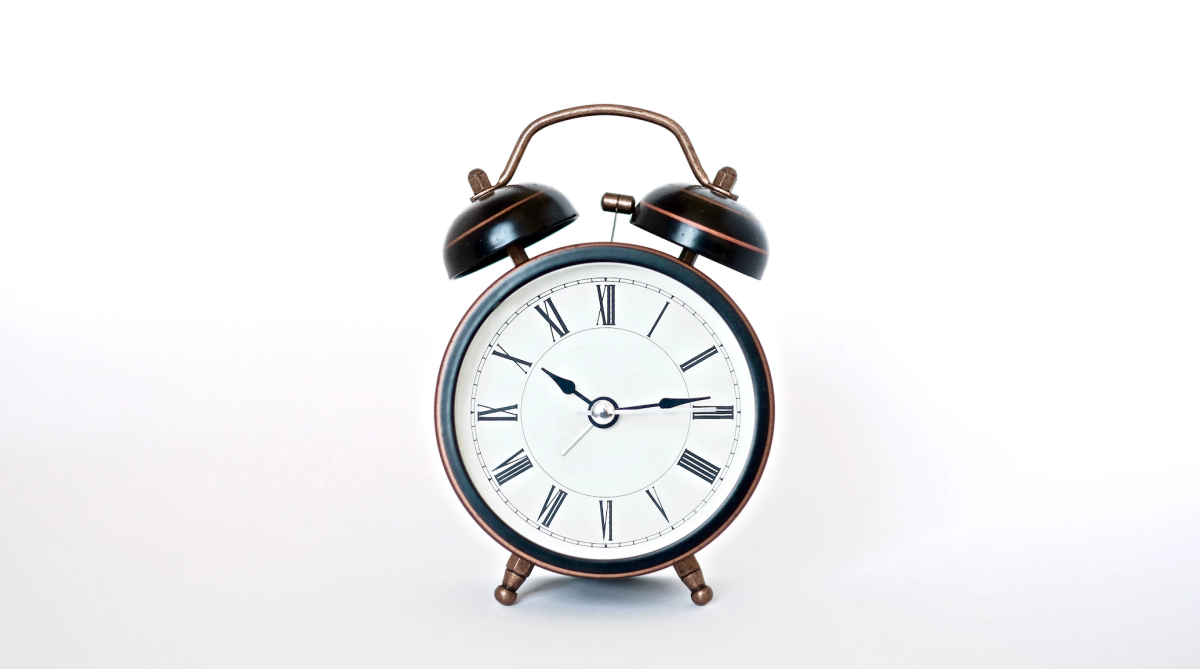
You don’t have to be a slave to the clock. Chronomentrophobia is the fear of clocks, and it’s a phobia that causes some people serious psychological distress. It can affect you in some really unexpected ways, like giving you anxiety when you’re late for something. Some sufferers can’t be around people who wear watches, and others can’t even stand to see clocks.
Dendrophobia
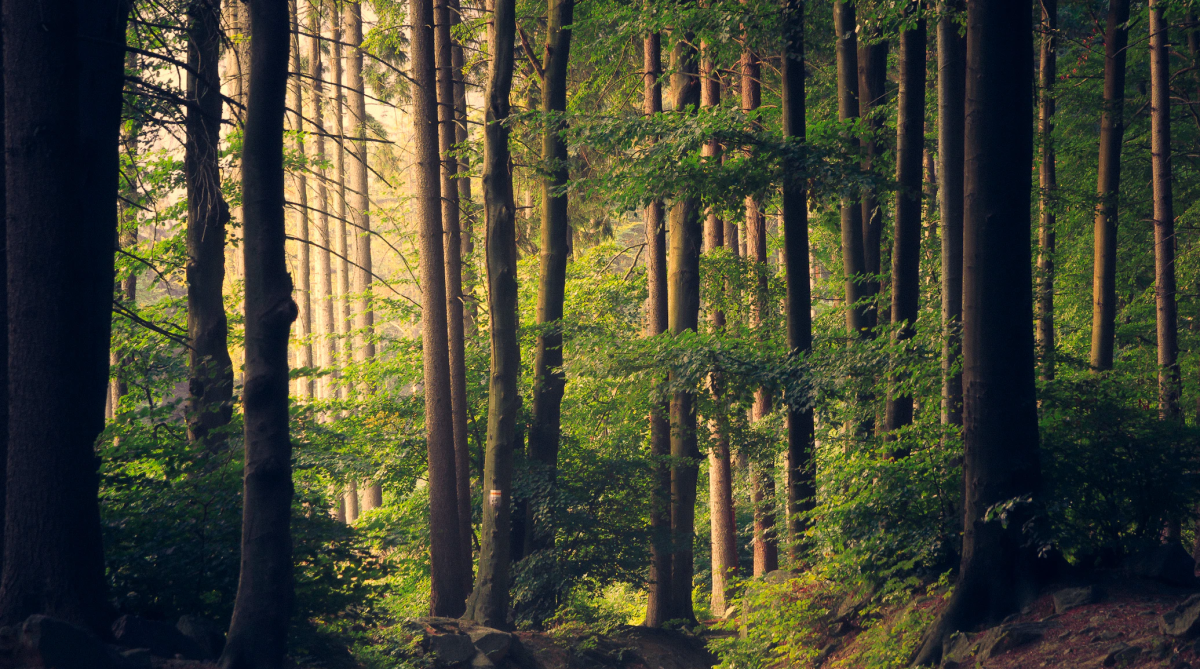
The fear of trees is called dendrophobia, and it’s defined as the fear of trees, branches, or of being in the woods. It seems silly to be nervous about something as harmless as a tree branch or to fear walking through a forest. But if you suffer from dendrophobia, your fear is very real.
Graphophobia
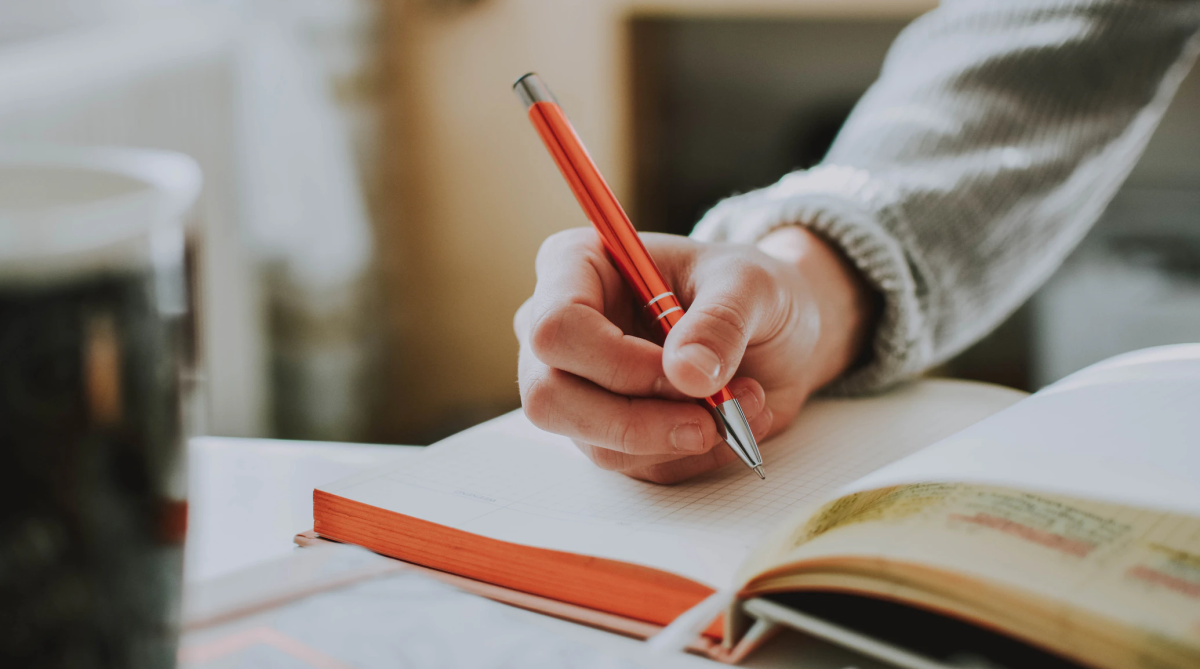
People with graphophobia, the fear or dislike of writing, have a niche phobia that’s not widely known about but does affect a number of people. Sufferers may be likely to avoid working in an office job or being an author as much and they may feel anxious when taking notes, signing documents, reading instructions, or writing a check.
Trypophobia
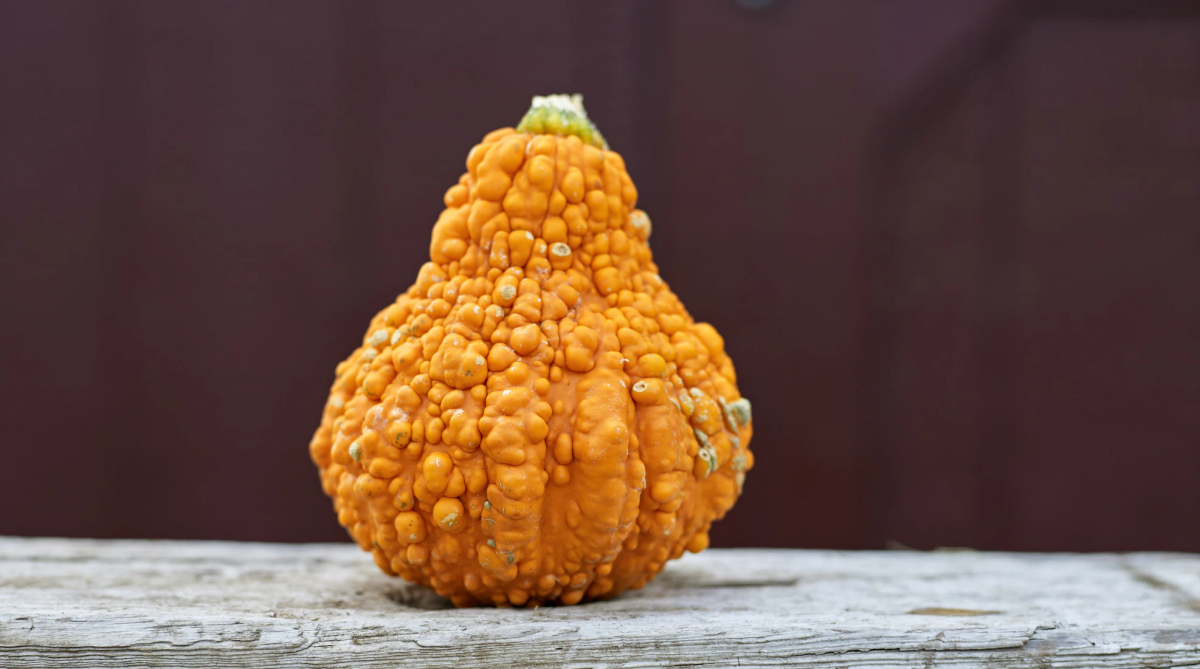
Trypophobia is the fear of small holes or bumps, which makes sense as the word itself comes from the Greek word for “bump” (trypo). Trypophobia is a serious fear for many people, as it can cause physical symptoms like nausea or even vomiting at the sight of clusters of small holes or bumps.
Koumpounophobia
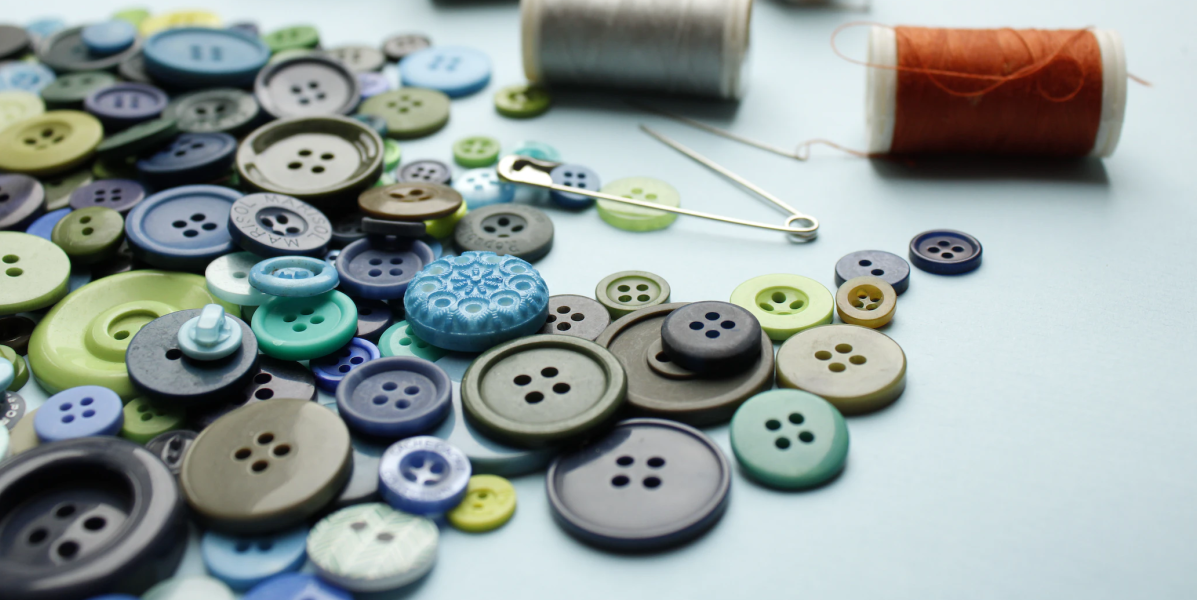
Possibly because of their ubiquitous presence in our lives, it’s not surprising that some people would develop an aversion and fear towards buttons. Koumpounophobia is a fancy word for this phobia. Apple CEO Steve Jobs was often called koumpounophobic, as he typically wore turtlenecks (which are buttonless) and did not like buttons on his devices.
Phobophobia
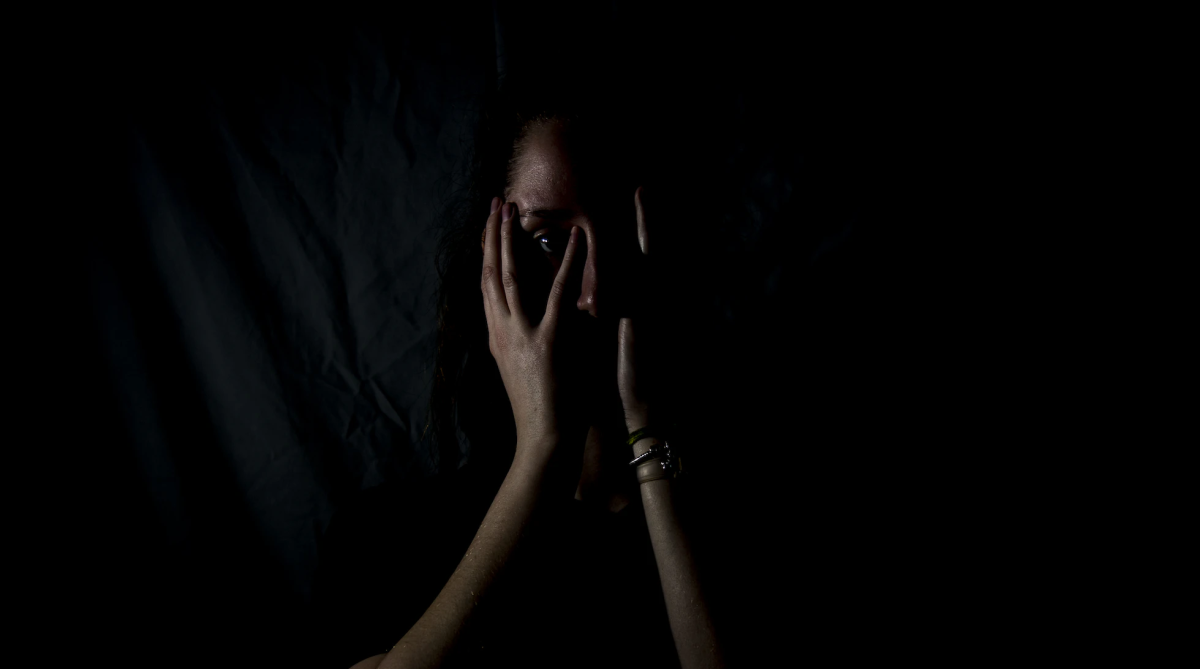
Phobias are frighteningly common; a poll of American adults revealed that 30% of respondents had some sort of serious, debilitating fear. Phobophobia is the fear of developing a phobia, which is so circular and paralyzing that it might as well be considered the fear of fear. A person with phobophobia may spend significant time and energy trying to avoid conditions or objects that could cause them to develop a phobia.